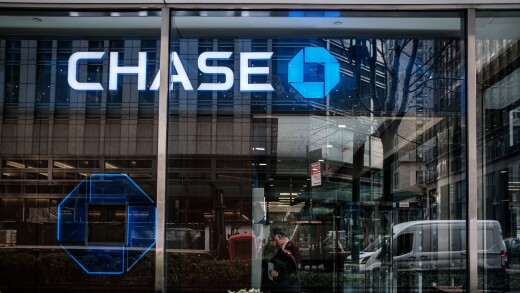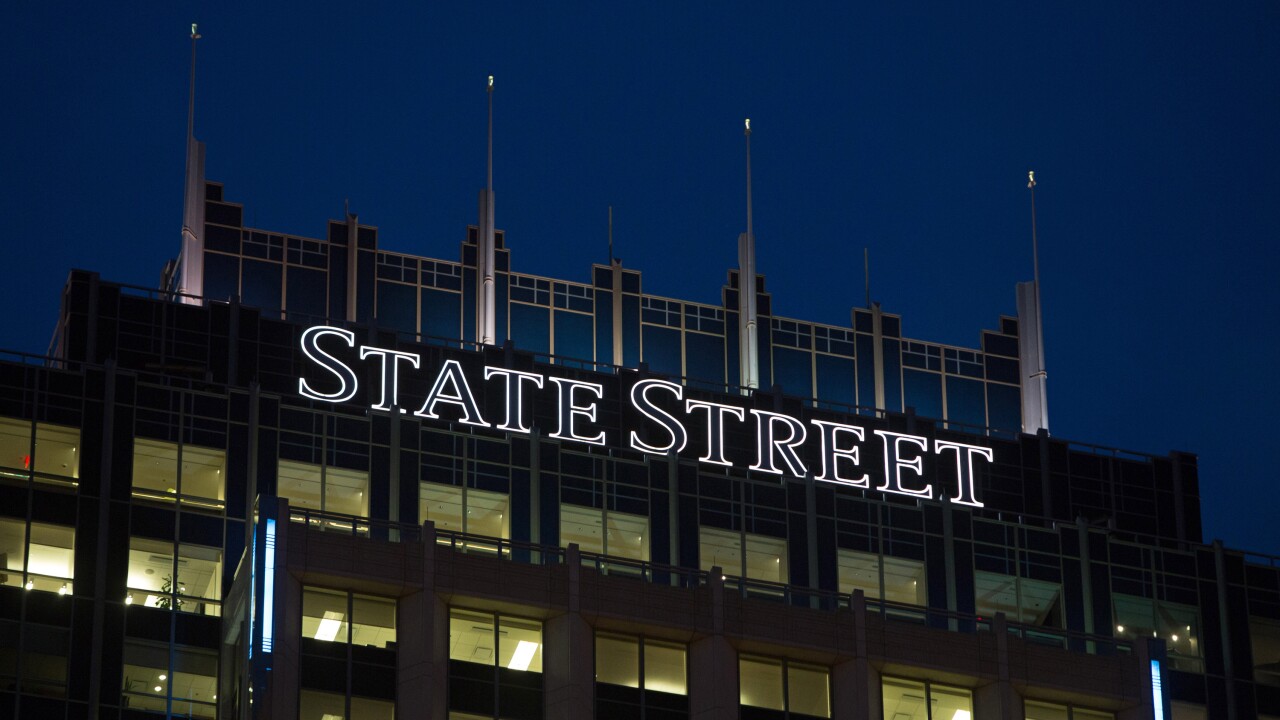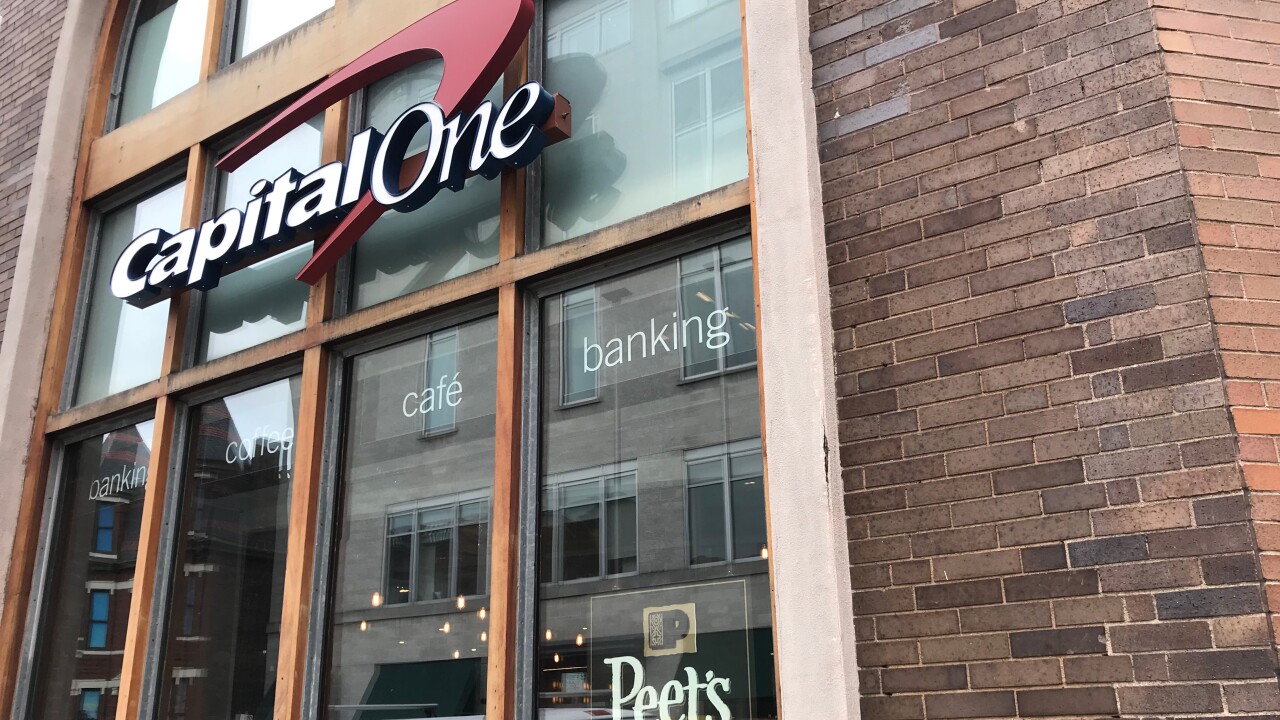Bankers are hopeful that the rebound in oil prices and a spike in natural gas use are precursors to more borrowing. But banks are maintaining above-average levels of reserves in case the delta variant stifles economic momentum.
The Boston-based firm plans to close its two midtown Manhattan offices, the company said. Its New York-based staff will work remotely or from buildings in New Jersey and Connecticut.
The announcement came a day after Citigroup said it would mandate vaccines for many of its workers. Capital One also said it is delaying its office reopening.
The influx that began around the start of the pandemic has yet to subside, as loan demand remains weak even though consumers are again spending money. Some of the excess liquidity now seems likely to remain for a long time, forcing banks to make tough calls about how and when to deploy it.
Local financial institutions have fewer branches than big banks, and closing even one location makes it harder for them to serve their communities.
The largest U.S. bank, which often sets policies ultimately adopted by the broader financial industry, announced the change in a memo to staff Friday.
A problem caused by the pandemic appeared to be resolved, but has returned in recent months. Here’s what happened.
Wells Fargo is pushing its return-to-office plans back a month to early October, citing rising COVID-19 rates across the U.S.
-
Bankers are hopeful that the rebound in oil prices and a spike in natural gas use are precursors to more borrowing. But banks are maintaining above-average levels of reserves in case the delta variant stifles economic momentum.
August 20 -
The Boston-based firm plans to close its two midtown Manhattan offices, the company said. Its New York-based staff will work remotely or from buildings in New Jersey and Connecticut.
August 16 -
The announcement came a day after Citigroup said it would mandate vaccines for many of its workers. Capital One also said it is delaying its office reopening.
August 11 -
The influx that began around the start of the pandemic has yet to subside, as loan demand remains weak even though consumers are again spending money. Some of the excess liquidity now seems likely to remain for a long time, forcing banks to make tough calls about how and when to deploy it.
August 9 -
Local financial institutions have fewer branches than big banks, and closing even one location makes it harder for them to serve their communities.
August 9 -
The largest U.S. bank, which often sets policies ultimately adopted by the broader financial industry, announced the change in a memo to staff Friday.
August 6 -
A problem caused by the pandemic appeared to be resolved, but has returned in recent months. Here’s what happened.
August 5














